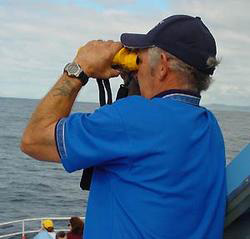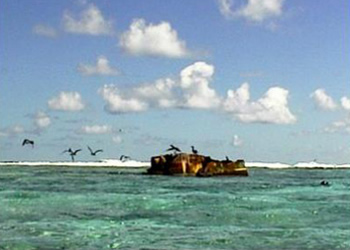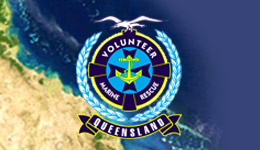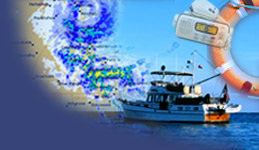Monitor and Control Compliance with Applicable Maritime Legislation | Collision Regulations |
 |
Everyone using the waterways should know the International Regulations for Preventing Collisions at Sea (IRPCS). According to this regulation, vessels must use all available means to determine the risk of collision. A risk of collision is said to exist if the distance to any vessel is reduced and her compass bearing remains constant. It is also considered a risk of collision whenever a large vessel or towing vessel is at close distance. If you are in doubt, a risk of collision is said to exist.
Common Terminology
A boat master and his crew should have an understanding of basic terminology. Some of the key terminology is defined below:
Proper Lookout
A proper lookout, through sight and sound, must be kept at all times. The master is responsible for keeping a lookout for danger. Be aware of the boating environment, especially in bad weather, restricted visibility and darkness.
Making Way and Underway
The terms "making way" and “underway” refers to a vessel that is not at anchor, or made fast to the shore, or aground.
Stand-on Vessel (Privileged Vessel)
A vessel which, according to the applicable Navigation Rule, has right-of-way.
Give Way Vessel (Burdened Vessel)
A term, from the Navigational Rules, used to describe the vessel which must yield to the "Stand-on Vessel" in meeting, crossing, or overtaking situations.
 |
Sighting of Uncharted Navigational HazardsThere is an obligation on any ship to advise others of any dangers to safe navigation that it comes across. The emergency procedure in this instance is SECURITE (say-cure-e-tay). |
| back to top |

